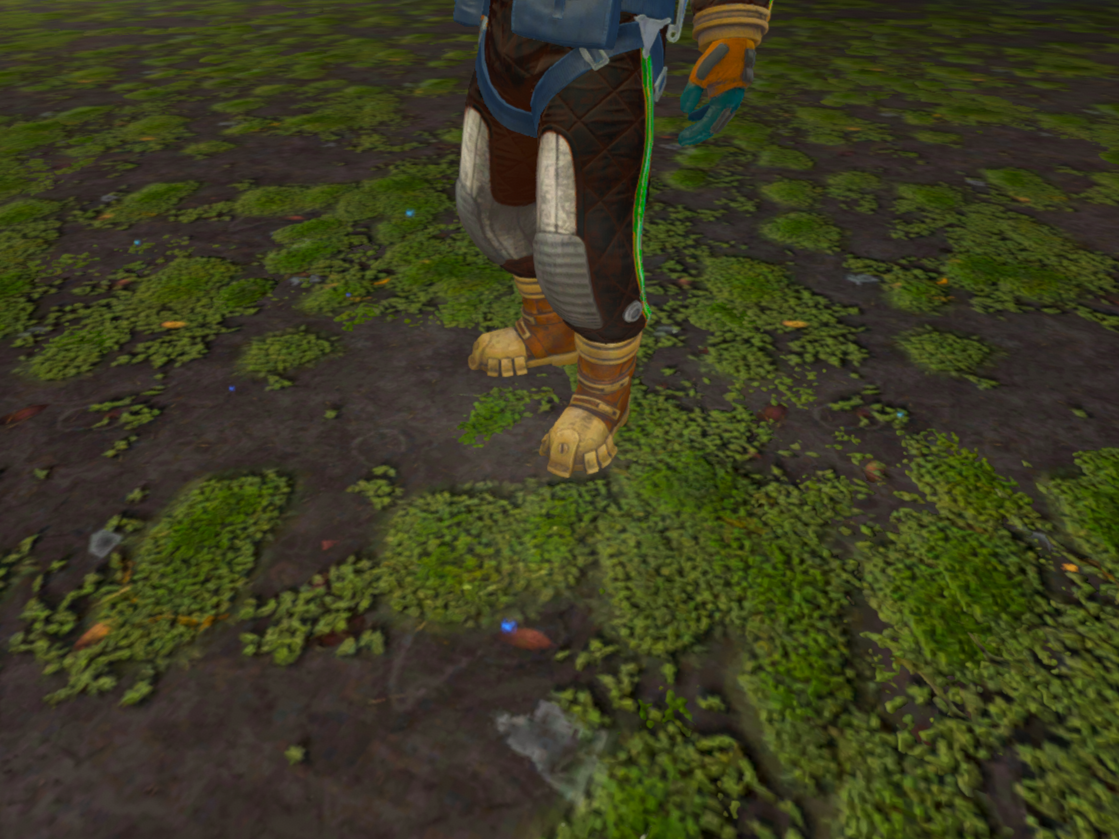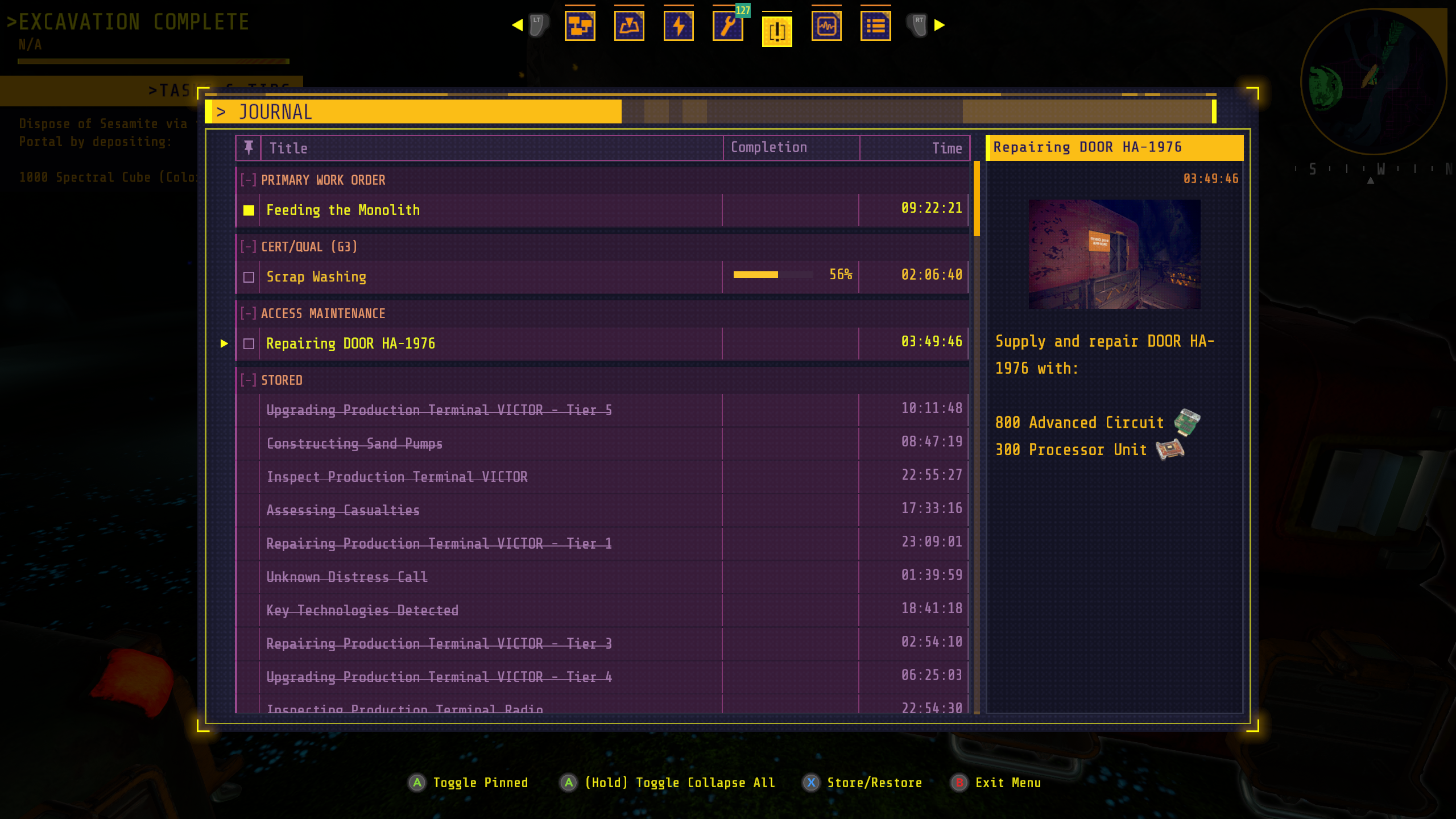In first-person games, small touches like the sound of footsteps can have a major impact on immersion. The challenge: our world was composed of a wide range of surface types voxel terrain, water, props, facility floors, designer-placed narrative elements and players could move freely between them at any time.
I implemented a system to dynamically and efficiently detect what the player is standing on, enabling the game to play accurate, performant footstep audio that matched the surface context.
The Problem
- The game featured many surface types terrain, machines, props, water, sand, etc. each requiring different sound cues.
- Players were constantly walking, running, jumping, and building structures, changing the environment beneath them at runtime.
- Checking surface type every frame was expensive due to the variety of components and systems involved.
- Needed a solution that would scale well in a game with dynamic terrain and extensive player-built elements.
The Solution: Cached Context-Aware Audio Detection
I built a system that leveraged existing player-ground detection, added layered surface resolution, and introduced smart caching to avoid unnecessary processing.
Leveraging Existing Raycasts
The player controller already used a downward raycast from the center of the player’s body to detect slopes and maintain proper ground positioning.
I repurposed this raycast to identify the object or terrain underfoot when grounded no extra casts needed.
Multi-System Surface Resolution
When grounded and needing to play a footstep sound:
- Checked for cached context of the object instance hit by the ray.
- If not cached, resolved the surface through a series of fallbacks:
- Voxel terrain → Read terrain material data.
- Water voxels → Read from baked data during level design.
- Designer-defined objects → Retrieved assigned surface metadata.
- Sand surfaces or props → Identified via scene data.
- Machines → Pulled from the factory simulation.
This allowed the system to resolve the correct audio context even across vastly different systems and world object types.
Efficient Caching System
To prevent expensive lookups:
- Maintained a cache of ~50 unique object instances with:
- Surface context (sound type)
- Last accessed timestamp
- Oldest entries were reset and reused when the cache reached capacity.
- Frequently stepped-on surfaces (like factory floors or terrain clusters) stayed cached and required no additional computation.
Design-Informed Optimization
Through observation and playtesting:
- Found that players tended to build large contiguous surfaces (e.g., factory platforms).
- Terrain areas and biomes also had natural clustering of surface types.
- This informed cache size and eviction strategy keeping it small but effective.
The Result
- Accurate audio feedback for footstep events across all world surfaces.
- Seamless integration with existing player controller and world systems.
- Major performance gain: significantly fewer GetComponent calls and system lookups.
- Improved the overall polish of the player experience in a dynamically changing world.
Why It Matters
This work bridged the gap between audio feedback, world systems, and gameplay feel combining performance-conscious engineering with attention to immersion and detail.
It’s a good example of how technical design can turn a subtle system into something players feel without ever noticing and how leveraging existing data can solve complex runtime challenges elegantly.




